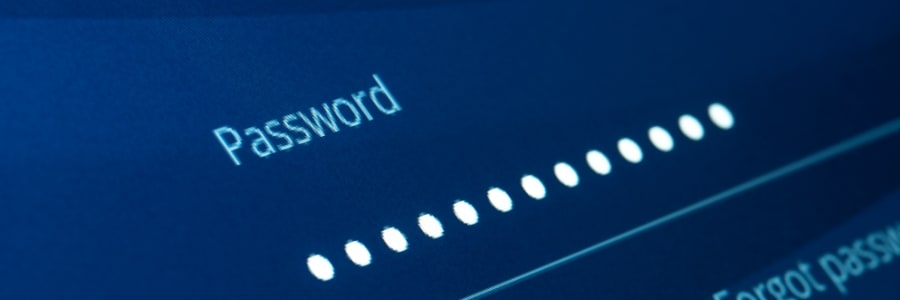If you're like most people, you probably have passwords that are easy to remember or use the same one for multiple accounts. But by doing either of these, you could be putting yourself at risk to cyberattacks. To ensure the security of your online accounts, follow the latest password guidelines from the National Institute of Standards and Technology (NIST), which we’ve outlined for you in this blog.
Update your passwords now
What is single sign-on and why should you be using it

If you use multiple applications and accounts for work, you know how frustrating it can be to have to enter different usernames and passwords for each one. That's where single sign-on comes in.
What is single sign on?
Single sign-on or SSO is an authentication method that lets users access several applications and websites with a single set of login credentials.
Think your password is secure? Think again
Why you should implement single sign-on for your business

Password creation and management can be a bothersome process, with different websites imposing different password parameters and the like. Multiply that by all the online services you use and it all starts to look overwhelming. Fortunately, a simple tool called single sign-on can make all of that much easier.
Your password may not be secure — update it now
Use single sign-on for login efficiency
Single Sign-On: The key to user management
What Is Single Sign-On and Who Is It For?

Everyone hates making passwords. From complexity requirements to minimum lengths, each new account brings its own set of headaches. If this problem is reaching a boiling point, Single Sign-On (SSO) solutions can help. They’re secure, easy-to-manage, and do away with the need to manage a long list of usernames and passwords.
Re-secure your passwords!

A password policy designed for federal agencies must be secure, right? Surprisingly, that hasn’t been the case according to the National Institute of Standards and Technology (NIST). On the hook for the password best practices that we still use today -- the combination of letters, capitalizations, and numbers -- NIST admits that the existing guidelines were misguided.




